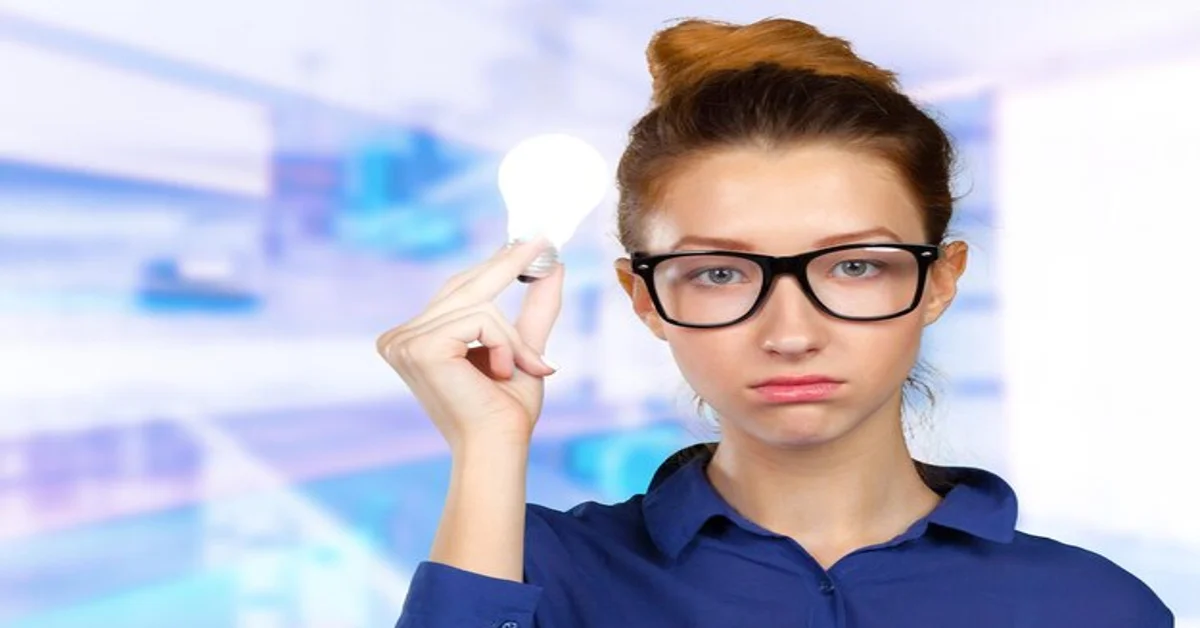Negative canthal tilt refers to the downward slant of the outer corner of the eye relative to the inner corner. This eye shape can impact facial aesthetics, expressions, and even confidence levels. While some individuals naturally have this feature, others may develop it due to aging, genetics, or environmental factors.
In this article, we will explore what causes a negative canthal tilt, its effects on facial aesthetics, and potential solutions.
📌 Causes of Negative Canthal Tilt
A negative canthal tilt can result from various factors, including genetics, aging, and anatomical differences.
1. Genetics
- Some people naturally have a negative canthal tilt due to their inherited facial structure.
- Ethnic background can also play a role in determining eye shape and tilt.
2. Aging and Skin Laxity
- As we age, skin loses collagen and elasticity, causing sagging around the eyes.
- The lower eyelid may droop, leading to a more pronounced negative tilt.
3. Weak Orbicularis Oculi Muscle
- This muscle surrounds the eye and supports eyelid positioning.
- Weakness in this muscle can cause the outer corner of the eye to droop.
4. Bone Structure and Support
- The orbital bone structure plays a major role in eye shape.
- A receding midface or weak cheekbones can contribute to a downward tilt.
🎭 Effects of Negative Canthal Tilt on Facial Aesthetics
A negative canthal tilt can influence perception and facial harmony in various ways.
1. Tired or Sad Appearance
- People with a downward eye slant may appear fatigued, sad, or less youthful even when well-rested.
2. Impact on Facial Symmetry
- A positive or neutral canthal tilt is often associated with youthfulness and attractiveness.
- A downward tilt may make the face look unbalanced.
3. Psychological Impact
- Since eye shape affects first impressions, some individuals may feel self-conscious about their appearance.
- This can influence confidence and social interactions.
🏥 Treatment and Solutions for Negative Canthal Tilt
For those who wish to correct a negative canthal tilt, several options exist, ranging from non-invasive treatments to surgical procedures.
1. Non-Surgical Treatments
- Facial Exercises & Muscle Strengthening: Targeted exercises may improve eyelid support over time.
- Dermal Fillers: Injectables in the cheek area can provide better structural support.
- Skincare & Collagen Boosting Treatments: Anti-aging skincare routines can improve skin elasticity.
2. Surgical Options
- Canthoplasty: A procedure that lifts and tightens the outer eye corner.
- Blepharoplasty: Also known as eyelid surgery, this can address sagging lower eyelids.
- Midface Lift: Elevates the cheek area for better eye support.
3. Lifestyle and Prevention Tips
- Maintain a healthy diet rich in collagen-supporting nutrients.
- Use sunscreen to prevent premature aging and skin laxity.
- Get adequate sleep to avoid excessive under-eye sagging.
READ MORE: DIY Hair Growth Oil: Best Oils for Stronger, Healthier Hair
🎯 Conclusion: Embracing or Changing Negative Canthal Tilt
A negative canthal tilt is a natural facial feature that varies among individuals. While some may embrace it as part of their unique look, others may seek solutions to enhance their facial balance. Whether through skincare, fillers, or surgery, options exist for those who wish to modify their eye shape.
❓ FAQ About Negative Canthal Tilt
- 1. Can you fix a negative canthal tilt without surgery?
Yes, non-surgical treatments like facial exercises, fillers, and skincare can improve the appearance, but results vary.
- 2. Is a negative canthal tilt considered unattractive?
Beauty is subjective. While some prefer a positive tilt, many people naturally have a negative tilt and still look attractive.
- 3. Does aging worsen a negative canthal tilt?
Yes, aging can cause skin laxity and muscle weakening, making a negative tilt more pronounced.
- 4. How long does canthoplasty surgery last?
Results can last 5-10 years depending on genetics, lifestyle, and skin care.









